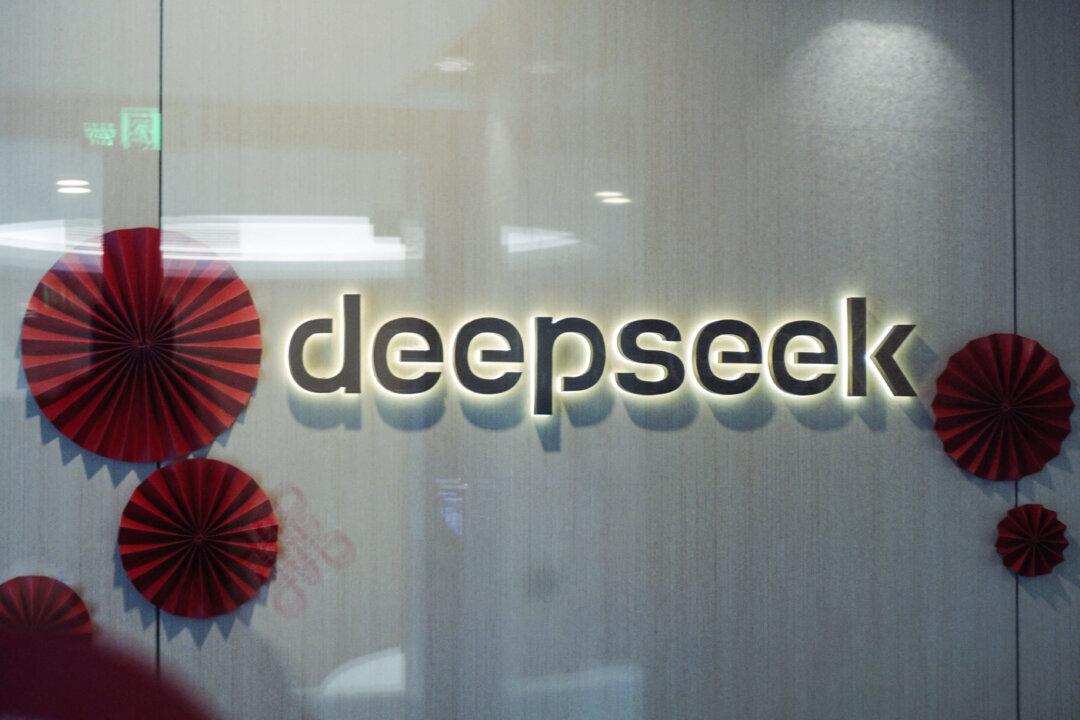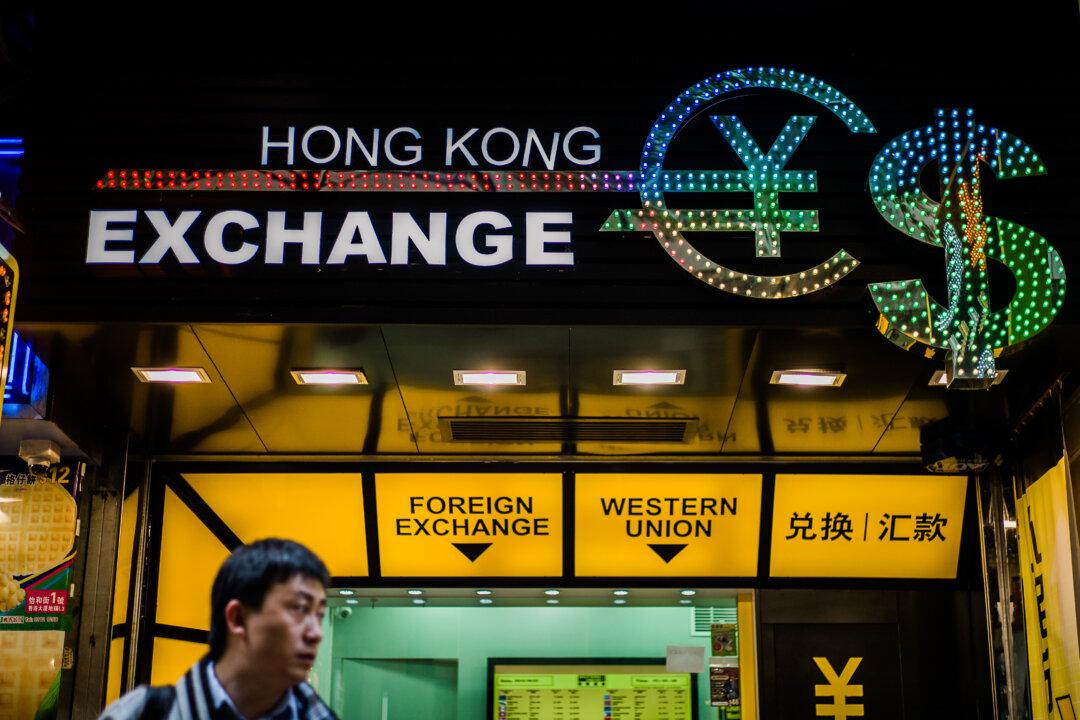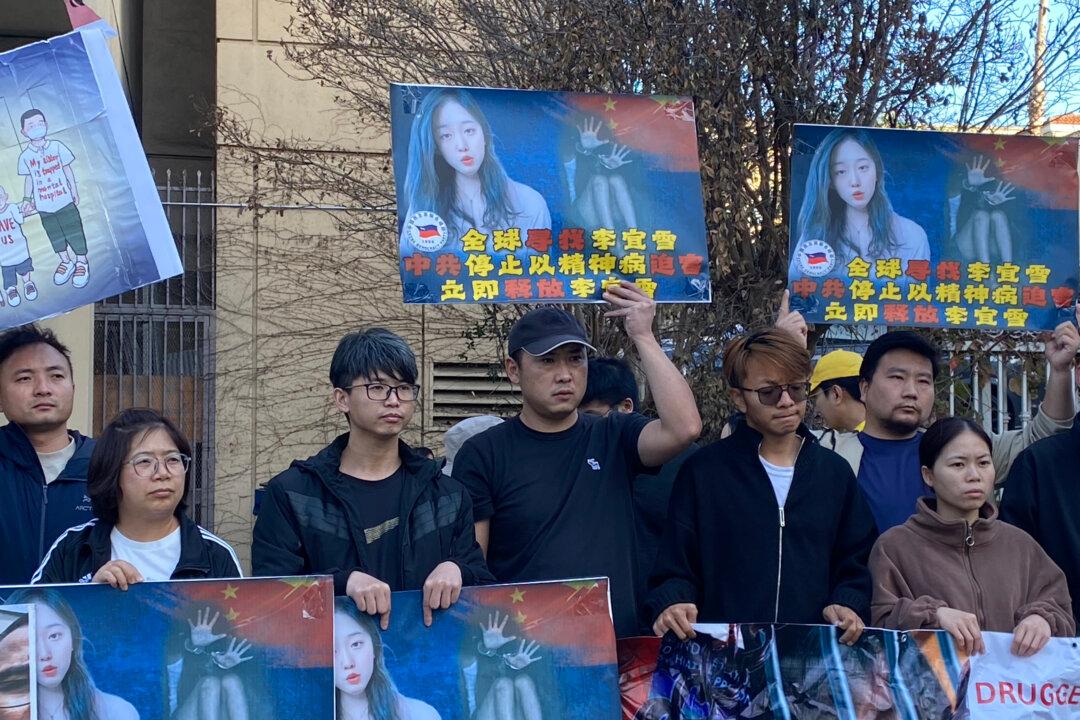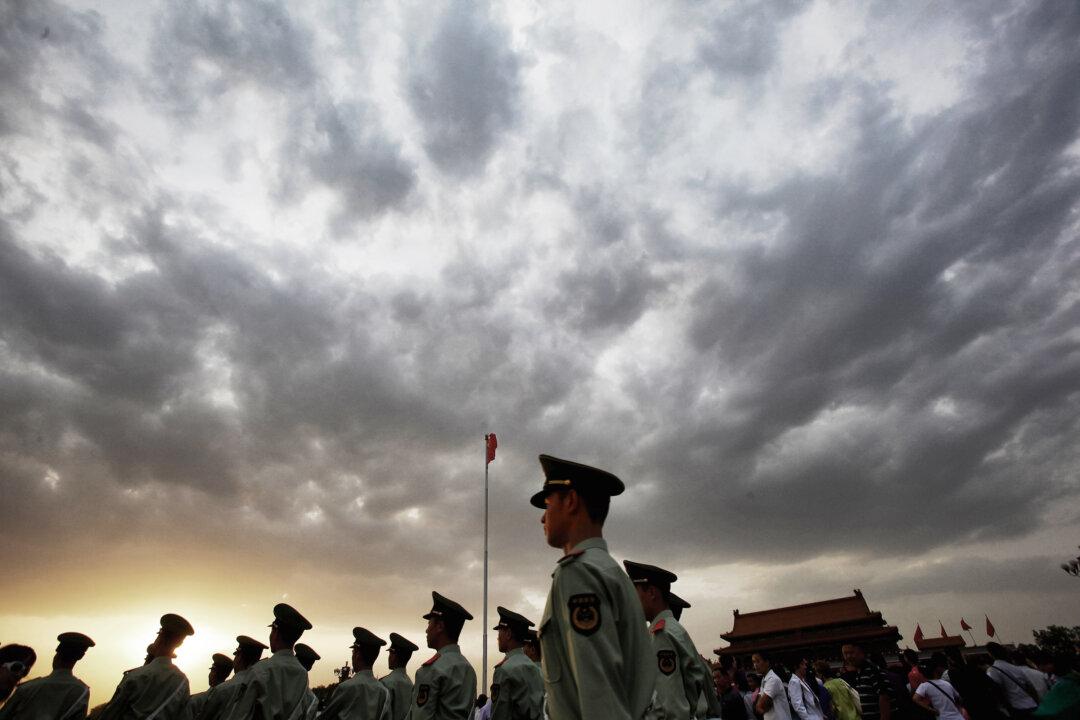Amid escalating friction between the world’s two predominant power blocs, gold prices have surged to unprecedented levels, underscoring the metal’s role as a premier hedging instrument. Over the past 16 months, the allure of gold as a hedge has intensified in step with its climbing price, mirroring the geopolitical tensions.
Spot gold prices exceeded previous records set in December, hitting new highs on March 6 and 7. By March 11, gold’s value ascended further, reaching a historic peak, surpassing $2,180 per ounce.
The rally, which began in October 2022, has seen gold prices soar by approximately 30 percent, fueled by its established status as a safe-haven asset amidst global uncertainty.
Data from the World Gold Council indicates that gold demand in 2023 escalated to a record-breaking 4,899 metric tons, a testament to its enduring appeal.
Geopolitical Conflicts Intensify Amid Economic, Strategic Stakes
The landscape of global geopolitics is currently marked by four major conflicts, each contributing to heightened economic uncertainty and inflationary pressures. Two conflicts are actively unfolding, with the scope of escalation still uncertain, while two others see tensions rapidly escalating.French President Emmanuel Macron has emphasized the necessity of taking all measures to prevent a Russian victory. Echoing this sentiment, Slovak Prime Minister Robert Fico, during a press conference in Paris on Feb. 26, mentioned that several NATO and EU member states are contemplating the deployment of troops to Ukraine on a bilateral basis.
The Kremlin issued a stark warning the next day that direct NATO intervention would lead to inevitable conflict between Russia and the alliance.
The Israel–Hamas conflict, now entering its fifth month, is seeing added complexity with the involvement of Yemen’s Houthi rebels, who have extended the conflict to the Red Sea with attacks there. Efforts by Israel and the United States to prevent the conflict from widening into a broader Middle Eastern war are ongoing.
Tensions on the Korean Peninsula have sharply risen, with North Korea officially renouncing peaceful unification as a policy goal on Jan. 16 and declaring South Korea an enemy state. South Korean President Yoon Suk Yeol has issued a robust directive to border troops, emphasizing immediate retaliation in the event of provocation.
However, the most significant geopolitical tension exists between the Chinese Communist Party (CCP) and the United States in the Taiwan Strait and the South China Sea. Noteworthy incidents on March 5 highlight the gravity of the situation: the CCP’s omission of “peaceful reunification” with Taiwan in a key report, the transit of the USS John Finn through the Taiwan Strait, and aggressive encounters between Philippine and CCP Coast Guard ships in the South China Sea. The tension in the Philippines underscores the need for clarifications last year that strengthened the long-standing mutual defense treaty between the Philippines and the United States.
Global Polarization and Formation of New Alliances
The aforementioned geopolitical conflicts are not stand-alone incidents: they are deeply interwoven, signaling an alarming trend toward global polarization. The alignment of Russia, Hamas (backed by Iran), North Korea, and the CCP has been recognized by the West as an “axis of evil,” a term reflecting the profound concerns over its collective actions and intentions.At the forefront of this alliance stands not Russia, but the CCP, as Russia’s capabilities have been significantly diminished due to the protracted conflict in Ukraine. Russian President Vladimir Putin has notably acknowledged Chinese leader Xi Jinping as a key global leader, underscoring the CCP’s leadership within the coalition.
Xi’s tenure has been marked by a strong commitment to communist ideals, with bold proclamations of “the East rising and the West declining” encapsulating his vision of the CCP overtaking U.S.-led Western civilization. Through initiatives like China’s Belt and Road Initiative, Xi seeks to establish a dominant economic and geopolitical sphere of influence.
Mr. McConnell’s remarks underscore the gravity of current global threats, which arguably surpass the many witnessed during his long career in public service. “In many ways, the world is more endangered today than it has been in my lifetime,” he told Fox News last October.
The free world’s response to these emerging threats is gaining momentum. The invasion of Ukraine by Russia catalyzed Sweden and Finland’s bids to join NATO, with Finland’s membership confirmed last April and Sweden officially joining as the 32nd member state in a ceremony held in Washington on March 7. This shift, prompted by growing apprehension of Russian aggression, marks a historic departure from Sweden’s longstanding policy of neutrality.
China’s Central Bank Bolsters Gold Reserves
The CCP’s central banking authority has markedly intensified its gold acquisitions, as indicated by official figures released March 7. By the end of February, the bank’s gold reserves had risen to 72.58 million troy ounces, or approximately 2,257 metric tons, marking a continuous increase over 16 consecutive months. This trend suggests that the central bank’s aggressive purchasing activities have been a significant factor behind the surge in gold prices during this period.Media personality Tang Hao told the Chinese edition of The Epoch Times that the aggressive accumulation of gold by the CCP may be a preemptive measure against potential military engagements in the Taiwan Strait.
In the event of a conflict, he suggested, China may face international sanctions akin to those imposed on Russia, potentially devaluing the yuan. Accumulating gold could, therefore, be a strategic move to safeguard against such financial repercussions and preserve China’s economic stability amidst ongoing economic challenges.
The U.S. dollar, backed by America’s comprehensive national strength and military might, nonetheless faces challenges from the “axis of evil” as conflicts across the globe test America’s capacity to engage in multiple conflicts.
Global central banks have been on a remarkable gold-buying spree for the past two years, with purchases in 2023 reaching 1,037 metric tons. The preceding year saw an even higher figure, the highest annual total since 1950, marking a significant trend in gold acquisition that underscores central banks’ role in driving gold demand.
In China, the public’s interest in gold as a hedge has been especially pronounced. With gold prices on the rise, the consumption of gold jewelry in China soared to 630 metric tons in 2023, up 10 percent from 2022, accounting for approximately 30 percent of global consumption and securing China’s position as the top consumer worldwide.
Anticipated Federal Reserve interest rate cuts for the U.S. dollar later this year are also seen as a contributing factor to rising gold prices, reflecting broader economic strategies and concerns amidst global financial uncertainties.








